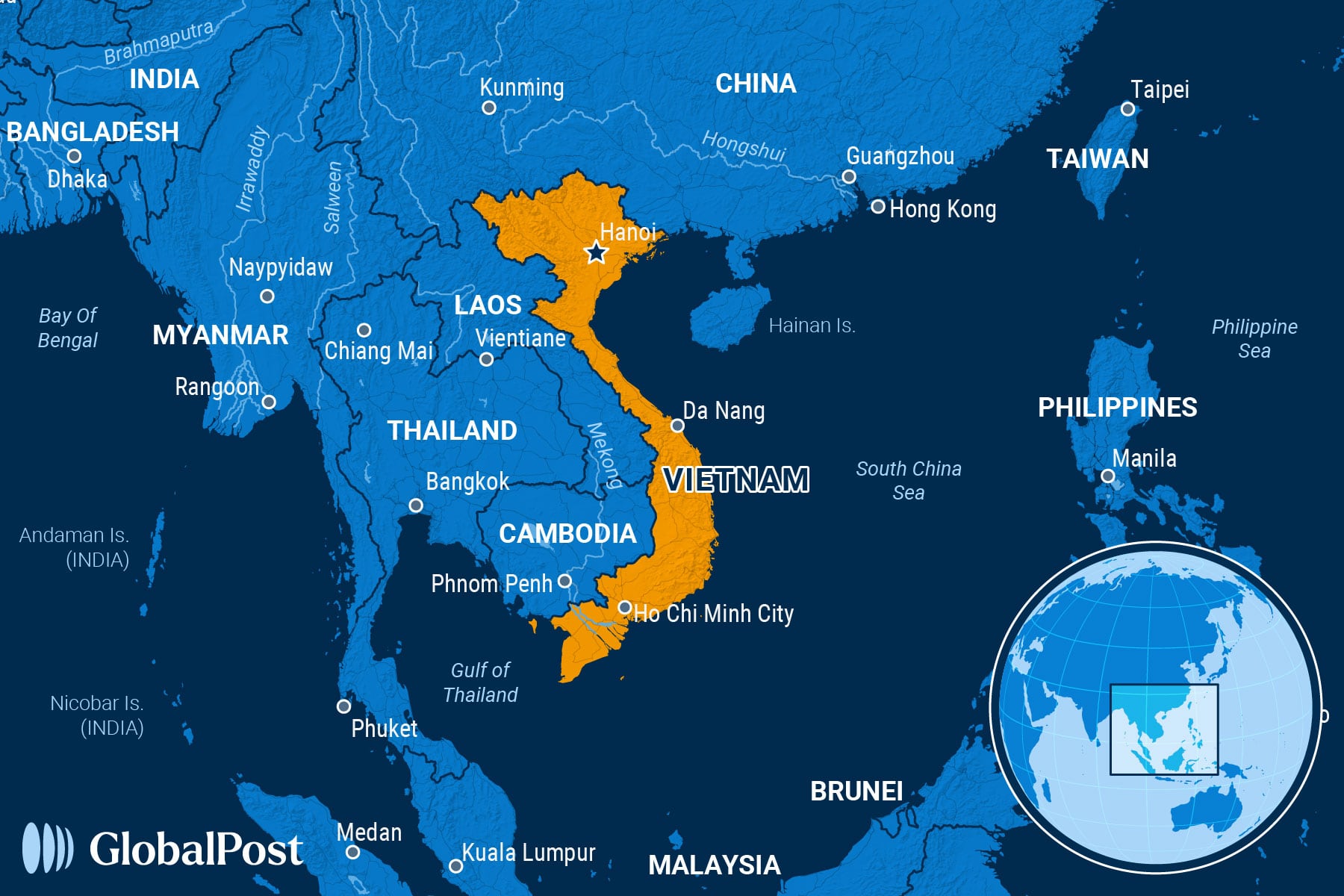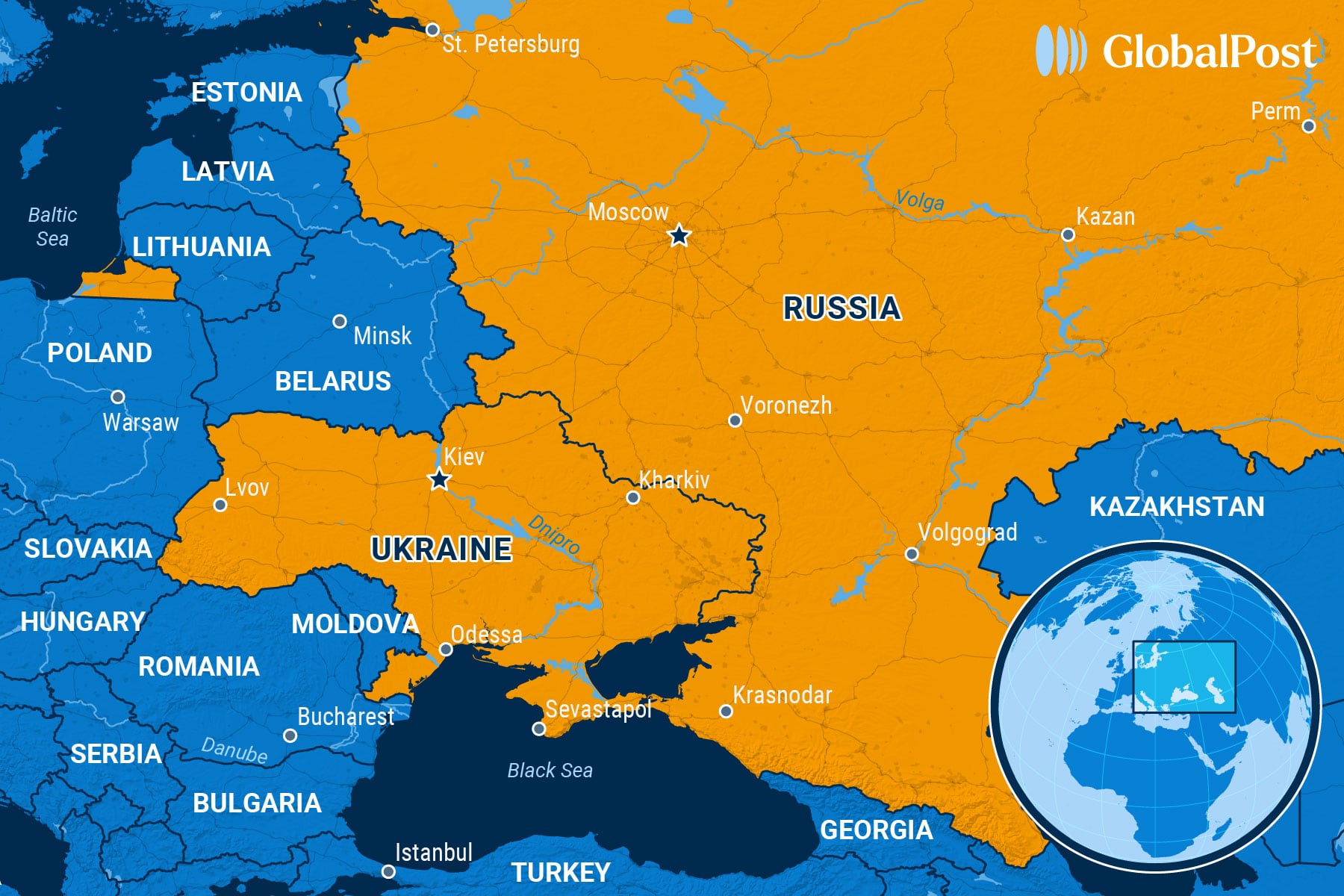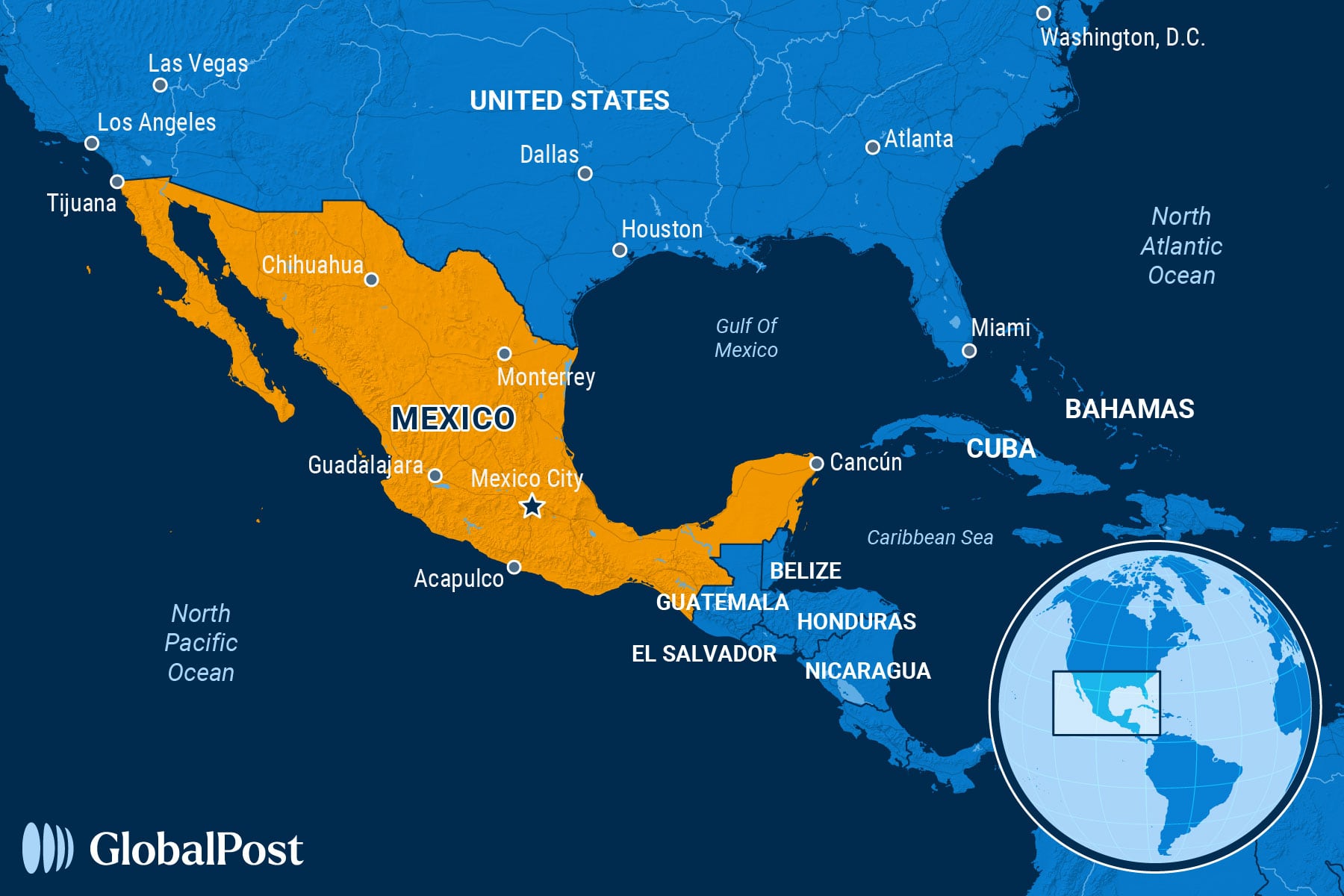Give and Take: Vietnam Cracks Down, Opens Up
NEED TO KNOW
Give and Take: Vietnam Cracks Down, Opens Up
VIETNAM

Writing about Vietnam’s economic fortunes, global law firm White and Case recently began a consideration of foreign investment into the Southeast Asian country, noting that officials revised gross domestic product growth expectations upward after announcing big hikes in foreign investment.
In the same period, however, human rights activists have been ringing alarm bells about the Vietnamese government’s increasingly draconian moves to suppress basic freedoms.
Recently, a court in Vietnam sentenced journalist Trương Huy San – whose pen name was Huy Đức – to two-and-a-half years in prison on charges of “abusing democratic freedoms” in Facebook posts that raised critical questions about the government’s policies, the New York Times reported. His family was kept out of the courtroom during sentencing.
Vietnamese police in 2020 similarly arrested and imprisoned writer and activist Phạm Đoan Trang in the middle of the night, citing her contributions to United Nations reports, added PEN America.
Writers are only one example of the problem, wrote the Washington Post. Lawyers, dissidents, and activists are also suffering under a crackdown that coincides with massive investment into and the expansion of Vietnam’s tech and manufacturing sectors.
Montagnards, an ethnic minority living in Vietnam’s highlands, have also complained about repression against their unique community. Vietnamese leaders have denied those allegations, however, saying the Montagnards represent “extremist organizations.”
The force behind this economic miracle coupled with the repression of human rights is Lương Cường, a former military general who succeeded long-time Vietnamese leader Nguyễn Phú Trọng after the latter died in July 2024, explained the International Institute for Strategic Studies. Cường is one of a cadre of leaders who originated in the party’s security forces and whom Trong hoped would re-instill communist rigor into the Vietnamese state.
He did, say observers. “The rise of a new leader in Vietnam following a power shake-up in mid-2024 brought no reprieve from the government’s relentless repression of human rights,” wrote Human Rights Watch.
Still, Cường is considering reversing one dictatorial rule that his country has adopted in the past. As the Independent reported, he may relax the two-child policy for Vietnamese couples. Vietnam, like communist China, is poised to hit a demographic crisis with too few young people working in the future to support the elderly.
Other economic pressures are likely to blunt the country’s growth, too. In a sign of how an export-driven economy can be vulnerable, Vietnam experienced a rare trade deficit of $1.55 billion in February after generating a surplus of more than $3 billion in January.
In particular, Vietnam’s steel industry faces a double threat from the US after President Donald Trump signed an executive order to impose a 25 percent tax on all steel imports from March 4. Vietnam’s aluminum exporters face a similar surcharge.
Vietnam is the fifth-largest exporter of steel to the US, which is Vietnam’s third-largest market.
“It will lead to Vietnamese companies being greatly affected and Chinese companies will not want to invest in Vietnam anymore,” Norway-based economist Nguyễn Huy Vũ told Radio Free Asia. “Surely Vietnam’s economy will face many difficulties in the coming days.”
As a result, the European Union is planning a charm offensive, seeing Vietnam’s issues as an opportunity.
European leaders such as the European Commission President Ursula von der Leyen and French President Emmanuel Macron are planning visits to Vietnam in the coming months to strengthen ties with the Southeast Asian nation amid tensions with Washington that could impact their exports to the United States.
“The tide of tariffs and export controls is rising,” von der Leyen told top officials from the Southeast Asian bloc ASEAN in a video message as they met in Vietnam’s capital Hanoi in late February. “We want to create new opportunities to trade and invest with trusted partners.”

THE WORLD, BRIEFLY
Peace By Inches: Ukraine, Russia Agree To Partial Ceasefire
UKRAINE/ RUSSIA

Ukraine and Russia agreed in principle to a limited ceasefire after US President Donald Trump spoke with both the Russian and Ukrainian leaders this week, with the details to be discussed in talks in Saudi Arabia over the weekend, the Associated Press reported.
On Wednesday, Trump spoke with Ukrainian President Volodymyr Zelenskyy in a call that both leaders said went “well.” Zelenskyy, who had agreed to a 30-day ceasefire earlier this month, said he hoped it was a first step in what would be “lasting peace” more than three years after his country was invaded by Moscow.
During the call, Trump suggested the US could take ownership of power plants in Ukraine to ensure their security, the BBC reported.
That conversation followed one on Tuesday between Trump and Russian President Vladimir Putin, who rejected a full ceasefire in Ukraine but agreed to a 30-day halt in attacks on Ukraine’s energy plants and other infrastructure.
Putin told Trump during Tuesday’s call that he will not commit to a complete pause in hostilities, instead agreeing only to limited de-escalation measures.
The Kremlin later said the ceasefire only applies to energy infrastructure and emphasized that any broader truce would require an end to all Western military aid and intelligence-sharing with Ukraine – a condition Ukraine and its allies have previously rejected.
It added that Moscow and Kyiv will also exchange 175 prisoners each on Wednesday, as a “goodwill gesture,” according to Agence France-Presse.
Still, the Ukrainian leader accused Putin of rejecting the ceasefire proposal after Russia launched a series of drone and missile strikes at Ukraine just hours after Tuesday’s calls.
Ukraine retaliated with its own strikes on Russian territory, with officials in the Russian provinces of Krasnodar and Belgorod reporting that Ukrainian drones ignited fires at an oil depot and damaged pipelines, NBC News added.
Observers noted that Tuesday’s call between Trump and Putin marked a shift in the United States’ stance compared with the previous week. Then, US Secretary of State Marco Rubio – who participated in the Saudi talks – cautioned that if Moscow does not agree to the deal, “we’ll, unfortunately, know what the impediment is to peace.”
Despite the verbal agreement, Western officials voiced skepticism about Russia’s intentions.
German Defense Minister Boris Pistorius dismissed the limited ceasefire as a “zero,” pointing to continued Russian attacks on Ukrainian infrastructure within hours of the call, Politico noted. European Union foreign policy chief Kaja Kallas echoed concerns, stating that “Russia does not really want to make any kind of concessions.”
Some analysts warned that Putin was stalling for time while seeking to extract further concessions from Trump.
The Russian leader has insisted that any long-term settlement must recognize Moscow’s control over occupied Ukrainian territories and include a rollback of Western sanctions.

Hungarian Protests Break Out Over LGBTQ Crackdown
HUNGARY

Thousands of demonstrators took to the streets of Budapest this week to protest against a new anti-LGBTQ law banning Pride events and allowing authorities to use facial recognition technology to identify and fine those attending such festivities, the Associated Press reported.
On Tuesday, protesters marched outside the Hungarian parliament shortly after the law was passed, chanting anti-government slogans. They also blockaded the Margaret Bridge over the Danube, ignoring police instructions to clear the area.
The new bill amends the law on assembly to make it an offense to hold or participate in events that violate the controversial 2021 “child protection” law, which prohibits sharing with minors any content concerning homosexuality and sex reassignment and bans the mention of LGBTQ issues in schools.
Supporters believe the legislation helps fight pedophilia while the European Commission and human rights groups condemned it as discrimination.
The new measures involving facial recognition software will allow authorities to identify people who attended events such as Pride. Those attending could be fined around $540 which the state must forward to “child protection” projects, according to the text of the law.
Critics are worried that allowing the use of facial recognition technology at LGBTQ events could pave the way for its use at any other gathering the government deems unlawful.
Event organizers, meanwhile, called the move a restriction on freedom of speech and the right to peaceful assemble, accusing the government of targeting the LGBTQ community to divert attention from more pressing issues and silence criticism of Orbán’s administration.
Observers described the legislation as part of an ongoing crackdown on Hungary’s LGBTQ community carried out by the nationalist-populist Fidesz party led by Prime Minister Viktor Orbán, a close ally of Russian President Vladimir Putin and US President Donald Trump.
Orbán and his ruling Fidesz party have presented themselves as symbolizing traditional family values and Christianity, saying they want to protect people and children from what it describes as “gender madness” and “sexual propaganda,” the Associated Press reported.
In power since 2010, Orbán is expected to face an unprecedented challenge by an increasingly popular opposition party in the 2026 elections.

Mexico City Bans Violent Bullfighting to Fury, Celebration
MEXICO

Mexico City lawmakers overwhelmingly voted in favor of a ban on bullfights in the Mexican capital this week, triggering fury from fans and celebration from animal rights advocates, the Guardian reported.
The law, approved with a 61-1 vote, sets new rules that are part of an initiative called “bullfighting without violence.” It prohibits the killing of bulls, the use of sharp objects that could injure them, and sets time limits on how long the animals can be kept in the ring.
The debate on violent bullfighting has been going on for years and this law was seen as an attempt to find a compromise between animal rights supporters and “fiesta-brava” enthusiasts.
Animal rights activists and lawmakers in favor of the bill, joined by Mexico City Mayor Clara Brugada, walked out onto the steps of the local congress carrying stuffed bull dolls to celebrate, while police in riot gear surrounded the area, the Associated Press wrote.
Bullfighting fans and matadors reacted negatively to the legislation. Some tried to breach the police barricade at the congress while carrying signs saying that being fans of bullfighting is “a point of pride.”
While bullfighting is a tradition across Latin America that has long been drawing big crowds across Mexican arenas, it’s highly criticized for its cruelty as many bulls are killed in the fights.
Animal rights groups say that about 180,000 bulls are killed every year around the world.
Bullfighters warned that the move negatively impacted the city’s economy as bullfighting creates 80,000 direct jobs and 146,000 indirect jobs nationwide.
In June 2022, a judge in Mexico City banned the practice and closed an arena labeled as the world’s largest bullfighting ring after ruling that the fights violated the residents’ rights to live free of surrounding violence.
In 2023, Mexico’s Supreme Court overturned the ban without an explanation, and bullfighting arenas filled once again with fans of the tradition.

DISCOVERIES
Predator Paradise
Contrary to popular belief, marine predators do not spend their days in the open ocean.
New research from the United Kingdom’s University of Exeter examined three seamounts, or raised subsea platforms, in the South Atlantic Ocean and found that under-sea mountains are hot spots for predators, with a density of 41 times more sharks than found in the open ocean.
The seamounts in the study are located within the Ascension Island Marine Protected Area, a 172,000-square-mile zone that bans large-scale commercial fishing and seabed mining.
Two seamounts were shallow, with peaks less than 328 feet below the surface, and filled with predators like sharks and tuna.
“Seamounts have been likened to oases of life in the comparative deserts of the open ocean,” said study author Sam Weber.
However, until now, scientists were not sure about why so many marine predators dwell there.
Some seamounts cause upwellings of nutrient-rich minerals that support the growth of phytoplankton – tiny, drifting plants that form the base of the ocean’s food chain. The large presence of phytoplankton supports increased numbers of other species, from zooplankton that feed on them to apex predators like sharks.
This study, however, found no signs of increased “primary productivity” – phytoplankton growth and energy production – in the seamounts analyzed.
Researchers found instead that the rise in marine life — measured by “biomass,” the total weight of organic material — becomes more noticeable at higher levels of the food web.
Zooplankton were twice as likely to be found at shallow seamounts as in the open ocean, while shark biomass was 41 times greater.
Several factors are responsible for making seamounts so rich in predators.
Weber suggested that while primary productivity isn’t higher at those seamounts, filter feeders may benefit from prey being pushed over the peaks. This movement may also keep prey from retreating into deeper water, concentrating food in one predictable spot.
Moreover, researchers noted that some predators gather at seamounts simply to socialize, mate, or rest.
